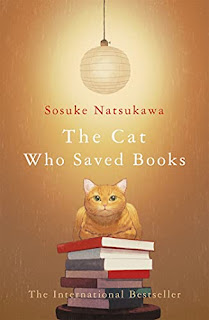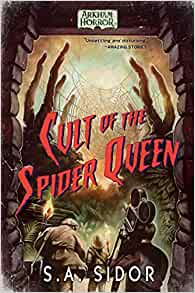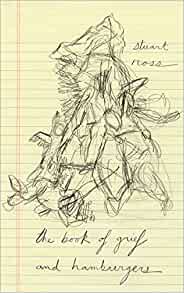WRITTEN BY - GIGI GANGULY
PUBLISHED BY - ATTHIS ARTS
PUBLICATION DATE - 5TH APRIL, 2022
Described as speculative fiction, or “spec-fi”, Gigy Ganguly’s two-part novella “One Arm Shorter Than The Other” is an imaginative and wildly original slice of sci-fi quirkiness. At first the book appears to consist of separate stories of people visiting an unusual repair shop, but they are in fact chapters in one single, stunning novella. Everything is interconnected and spans a vast timeline from the past to the far future.
Set in Delhi, the proprietor (who has one arm shorter than the other) of a curious shop, “Repair Services”, called “Dadaji” (grandfather) by his granddaughter and assistant Jaya, helps people fix their items but also improves the objects and, sometimes, their lives in unimaginable ways. How he does this is revealed at the end of the story.
In part one, we meet the shop’s diverse customers: an old man coming to terms with the loss of his wife and his own mortality has his film projector, and his heart, repaired; an ageing, resentful actor’s life changes completely, but ultimately not for the better, when he adjusts the settings of his recently fixed television; and a retired book lover receives a retirement gift of a broken radio and unwittingly lays the foundations for the future itself.
In part two, we are in the far future, when time travel is a reality, and we are introduced to a young man who is forced to travel into the distant past to repair a terracotta vase. This section of the story is a sci-fi fan’s dream with at least three good ideas for future tech on each page. This is the heart of the tale, and everything that has proceeded it is finally explained.
This book is a short read but the story is tightly plotted and concise and the characters are well-written and likeable. A story that is both heart-warming and mind bending, “One Arm Shorter Than The Other” is a startlingly original work. It is written in the present tense which gives the tale a sense of immediacy and timelessness. Ganguly’s writing is strongly reminiscent of Philip K. Dick in its use of speculation about the future, and I can’t think of a better compliment. It is science fiction, but not greatly so, and the story remains very human at its heart. I am so glad I took a chance on this magical book and strongly recommend it to lovers of imaginative fiction.











